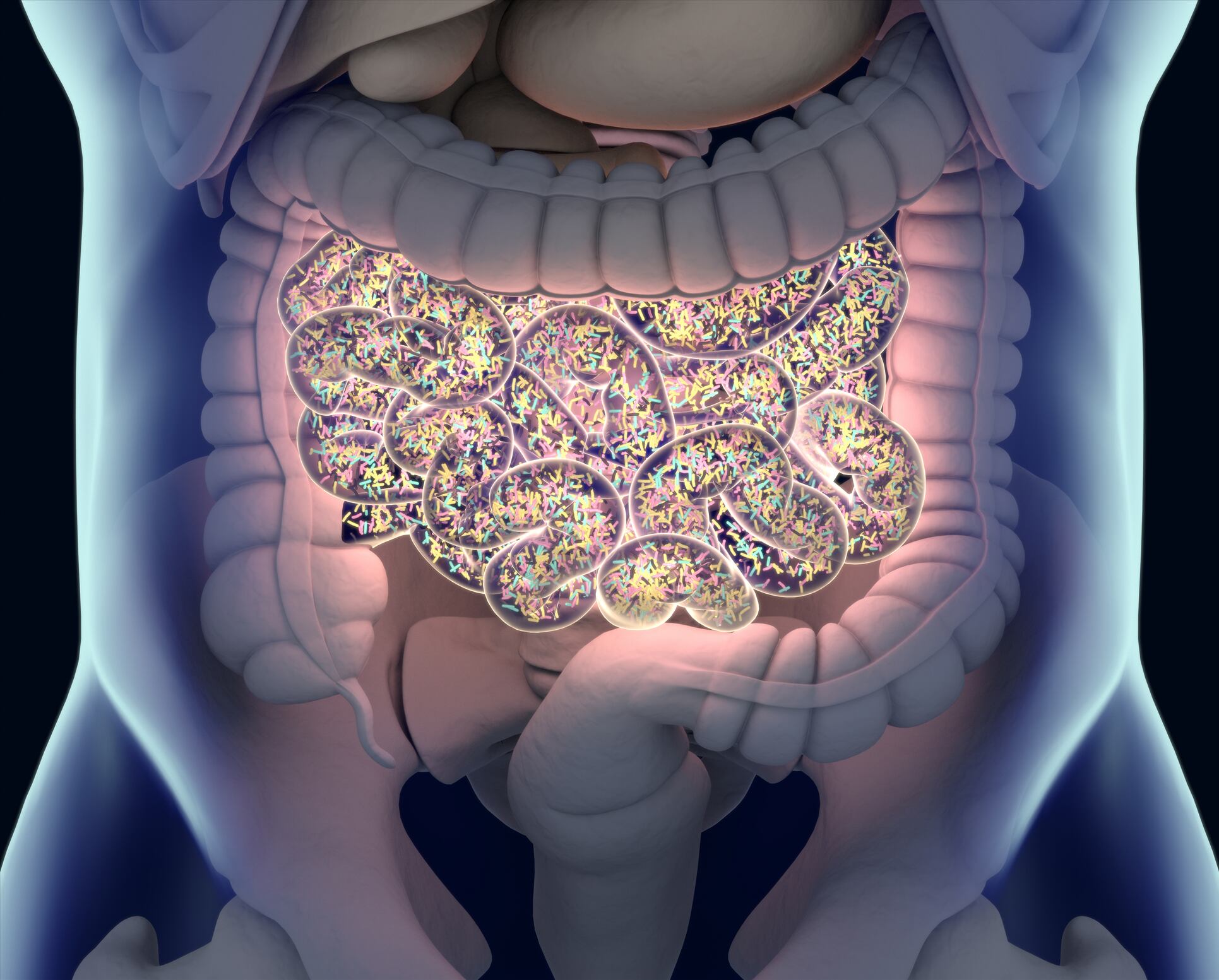High intake of carbohydrates significantly favoured increased gut fungal alpha diversity and changed fungal composition in participants of a recent study, in contrast to low intake with inverse results.
This illustrates the importance of understanding the effects of diet and macronutrients on gut mycobiome and its impact on human health, the authors write in Nutrients.
Specifically, high intake favoured proliferation of four fungal genera (Pleurotus, Kazachstania, Auricularia, Ustilaginaceae), but reduced abundance of Blumeria, while lower intake depleted five fungal species.
“Studies have indicated that dysbiosis of gut mycobiota may contribute to several complex diseases. Our findings highlight the role of the dietary macronutrient distributions in shaping the diversity and composition of the fungal community and may even stimulate the health effect of specific fungi in the gut,” they explain.
“The aggregated results from sequential trials allow us to distinguish gut mycobiome features responding to a specific intervention at a population level.”
Disease control
Gut mycobiome (intestinal fungi) play an important part in host immunity and inflammation but only accounts for 0.1% of gut microbes. Fungi help regulate homeostasis, pathophysiological, and physiological processes, and dysbiosis can lead to inflammatory bowel disease, enterocolitis, colorectal cancers, and diabetes.
Availability of carbohydrates directly affects fungal abundance and influence the degree of commensal opportunistic pathogens, although the impact of diet on the mycobiome diversity is still not well understood, the authors say.
“Human cohort studies have reported inconsistent associations of dietary factors with gut mycobiome, and the results are mostly descriptive, with little causal evidence.
“Feeding interventional studies with different macronutrient distributions may have a unique role in demonstrating the influence of diet on gut mycobiome, yet this sort of intervention is rare.”
The current investigation examined the short-term effects of macronutrient intake on fungal distribution, in relation to glycaemic traits.
Research design
The study at Westlake University in Hangzhou, involved 28 participants and three intervention cycles, comprising a six-day HC diet, six-day LC diet, and six-day washout period after each intervention.
Total energy intake (E) in the high carbohydrate (HC) diet was 65-75% carbohydrates, while the low carbohydrate (LC) diet only comprised 15-25% carbohydrates; 15% of E was from protein for both interventions. The desired macronutrient content was mainly achieved through modifying intake of grain consumption, such as wheat flour and rice.
Interstitial glucose was measured with a digital glucose monitor (CGM; Freestyle Libre, Abbott, Abbott Park, IL, USA) two days before each dietary intervention and throughout the intervention period, and five glycaemic metrics were analysed to assess different traits of the pre- and postprandial glycaemic homeostasis.
Faecal samples were collected and stored for analysis of Internal Transcribed Spacer 2 (ITS2) sequencing. Statistical analyses were performed using Stata.
Genera abundance
The researchers identified 31 core fungal taxa among participants, including common gut fungi Saccharomyces, Candida, Aspergillus, Malassezia, Penicillium, Cladosporium, Trichosporon, and Debaryomyces (ranked according to decreasing prevalence).
Data revealed substantial variations among participants in relative fungal genera over the study period. The most abundant genera were Cutaneotrichosporon, Saccharomyces, Aspergillus and Candida, detected in 22, 21, 17, and 16 participants, respectively, the authors note.
“We identified Cutaneotrichosporon, Saccharomyces, Aspergillus, and Malassezia present at all sampling time points in all participants, and Candida was detected in 96.4% of participants. The top five fungal genera also showed a high degree of stability after dietary interventions.”
Transient fungi
Fungal diversity and richness fluctuated, in line with the shift between dietary interventions, but the authors observed “significantly higher diversity (Shannon index) and evenness after the HC as well as a decrease in richness after the LC diet”.
They speculate that edible mushrooms and fermented yeast may have been responsible for increased Pleurotus, Auricularia, and Kazachstania in the HC group, rather than from “resident commensals” colonising the gastrointestinal (GI) tract.
“For example, the species of the genus Pleurotus, especially oyster mushrooms (Pleurotus ostreatus), are among the most widely consumed edible mushrooms and possess hypoglycemic, antitumor, and antifungal activity,” they write.
Additionally, results showed consistent decreases in Blumeria and Agaricomycetes with both diets, but increased Ustilaginaceae. Furthermore, depleted Malassezia, Rhizopus, and Penicillium were observed in subjects consuming LC.
The authors conclude: “Our clinical trial provides evidence of how short-term HC and LC dietary interventions affect gut mycobiome diversity and composition. Our results also indicate that the dietary environment may also influence the relationship between gut mycobiome and glycaemic phenotypes, which warrants further confirmation in future.”
Source: Nutrients
Published online, April 29, 2023: http://doi.org/10.3390/nu15092152
‘The Short-Term Variation of Human Gut Mycobiome in Response to Dietary Intervention of Different Macronutrient Distributions’
Authors: Yunyi Tian, Wanglong Gou, Yue Ma, Menglei Shuai, Xinxiu Liang, Yuanqing Fu and Ju-Sheng Zheng

